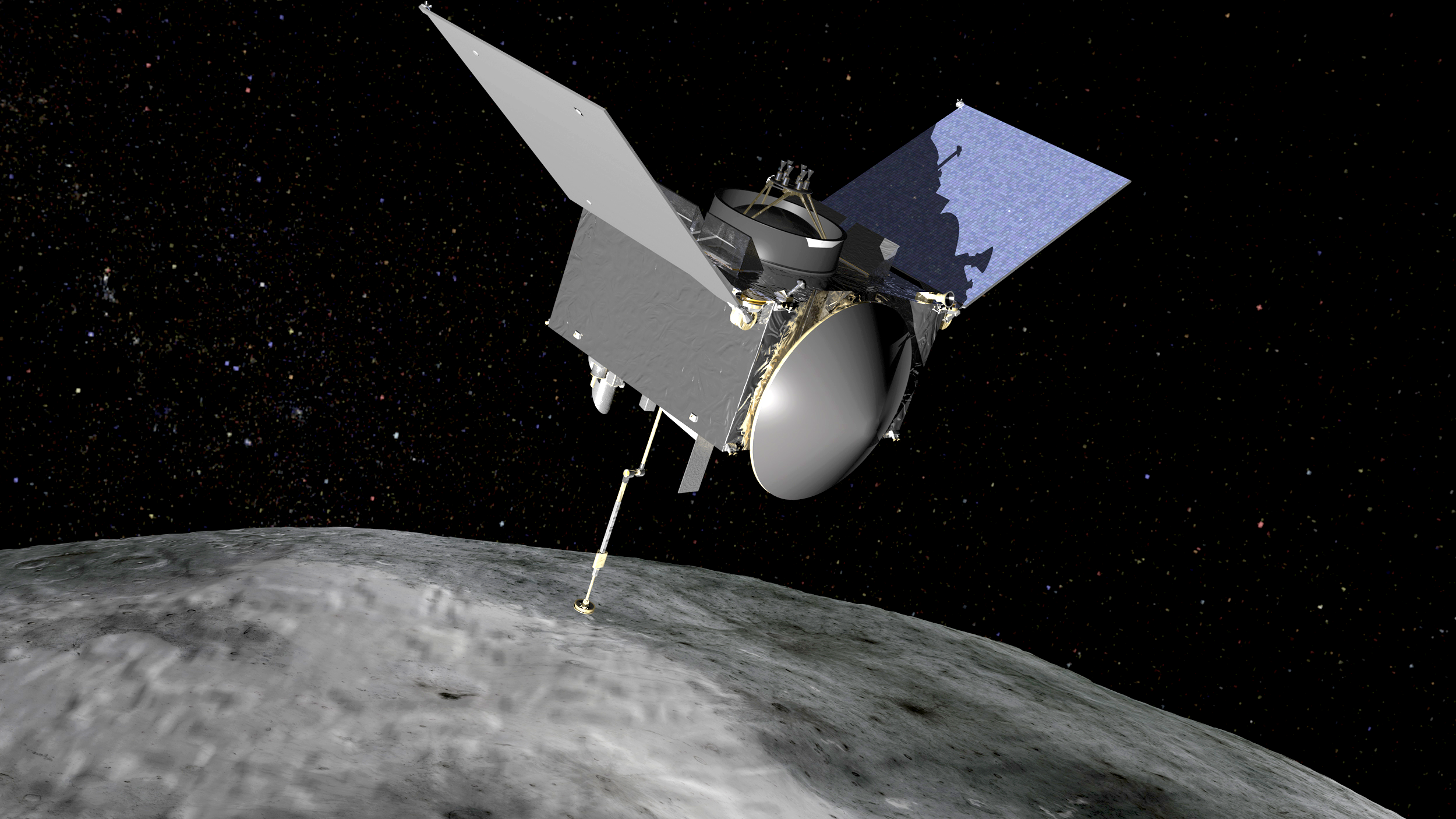In 2004, the European Space Agency (ESA) launched a space probe called Rosetta to orbit a comet. In 2014, Rosetta found comet 67P/Churyumov–Gerasimenko and started orbiting it. Most interestingly, Rosetta also had a lander called Philae, which was to land on the comet and send back data. The comet did land, and it did send back data in the next two or so days for which its batteries were active. But Philae did not land accurately because its harpoons were not able to attach to the comet’s surface. It was thought that it had landed in a crevice or by the side of a cliff. Philae did talk to us for a bit and then went silent because it was not able to get sunlight to recharge its batteries. Rosetta continued its orbit, while keeping a lookout for Philae. Both the orbiter and the lander sent back data that increased our knowledge regarding comets.
This year, on September 30, the mission will finally end when ESA gives the final command and Rosetta crashes into the comet. Everyone was expecting this, and everyone is looking forward to the data analysis that will come out of this. However, this week something fortuitous happened. They found Philae! During Rosetta’s second last pass over the comet, its on-board camera took a photo of Philae, resting in a dark crevice underneath a cliff. This is exciting news not less because we are now able to know the final resting place of our first ever comet lander but also because the data collected from the surface by Philae can be ground-truthed. The landing of the orbiter and the search for it also gave scientists plenty of lessons for future missions. Now, on September 30, Rosetta will come very close to the comet, make some critical observations and then will descend on to the surface.

Philae
On July 4 2016, after 5 years of traveling 1.74 billion miles (2.7 billion km), another spacecraft, Juno, entered into a 53 orbit around Jupiter. Because Juno’s orbit is such, it has only now come closest to Jupiter. And as it does that, it has already started sending back information. We already have a never before seen picture of Jupiter’s north pole, which shows storm systems and weather activity unlike anything we have encountered before. More excitingly, instruments also captured ghostly sounding emissions from the planet. More data is now going to start coming back and with that we will learn more about the biggest planet in our solar system.
NASA’s Dawn has recently reached and has been orbiting the dwarf planet Ceres, which is located in the main asteroid belt between Mars and Jupiter and is constantly sending back data, which is being enthusiastically analysed. Dawn reached Ceres after exploring protoplanet Vesta in 2011 -2012. Dawn showed us that Vesta is a terrestrial planet, like Earth and it is now telling us that Ceres – the first dwarf planet ever discovered - is larger, covered with ice and may even have sub-surface water. Ahuna Mons is a 5 km mountain, which is likely to be volcanic in nature. But this is a volcano that once erupted frigid salty water instead of silicates – a cryovolcano. And it seems that Dawn may also have detected a weak temporary
atmosphere!

Juno

Dawn
Today, September 8 is another exciting day, because another mission is being launched. This one is called OSIRIS-REx, a space-craft travelling to near Earth asteroid called Bennu. But that is not the exciting part, the exciting part is that in addition to the usual on site observations, OSIRIS-REx will bring back a sample to Earth for us to study! It is expected to reach Bennu in 2018 and return to Earth in 2023. The spacecraft will orbit the Sun after launch and then a year later will encounter Bennu. It will spend one year surveying the asteroid and mapping potential sample sites, after which it will briefly touch the surface to retrieve a sample. Another first time event in the history of the world. Isn’t all of this terribly exciting?
And finally, let’s talk about astronomy and rock & roll. If he had been alive, Queen’s front man, Freddie Mercury, would have turned 70 on September 5 this year. And in honour of that, Asteroid 17473 was name after him. The asteroid was discovered in the same year that Freddie died. Queen’s guitarist, who by the way is an astrophysicist, already has an asteroid named after him. Happy Birthday Freddie, you are definitely sky high now.

OSIRIS-REx






